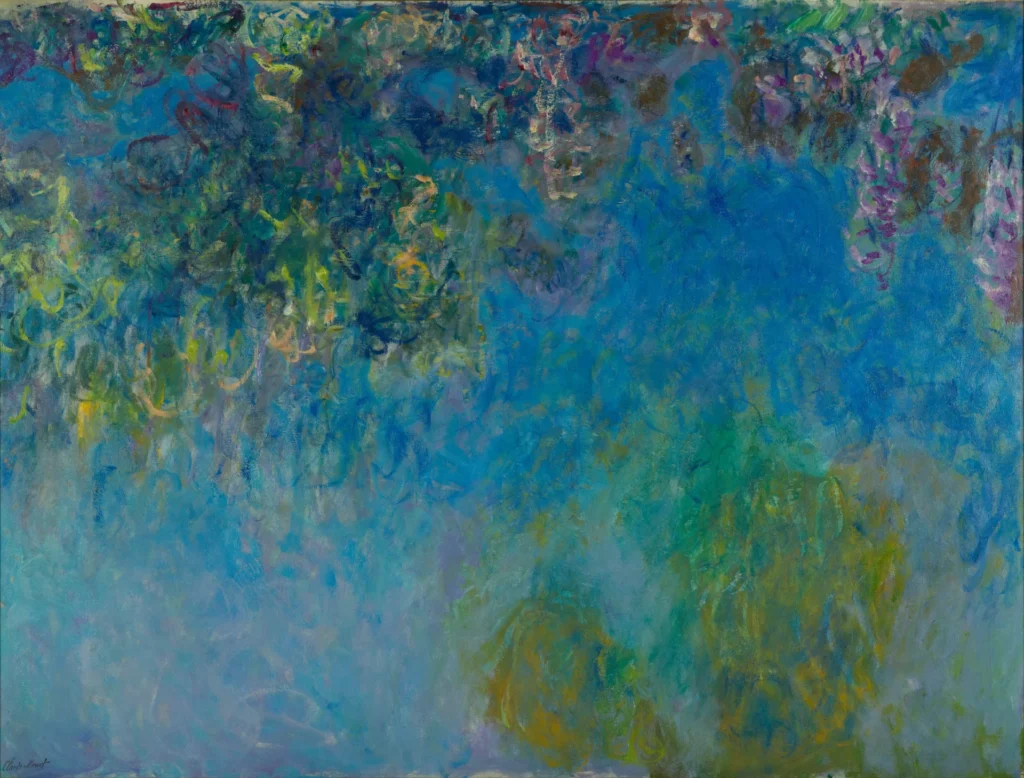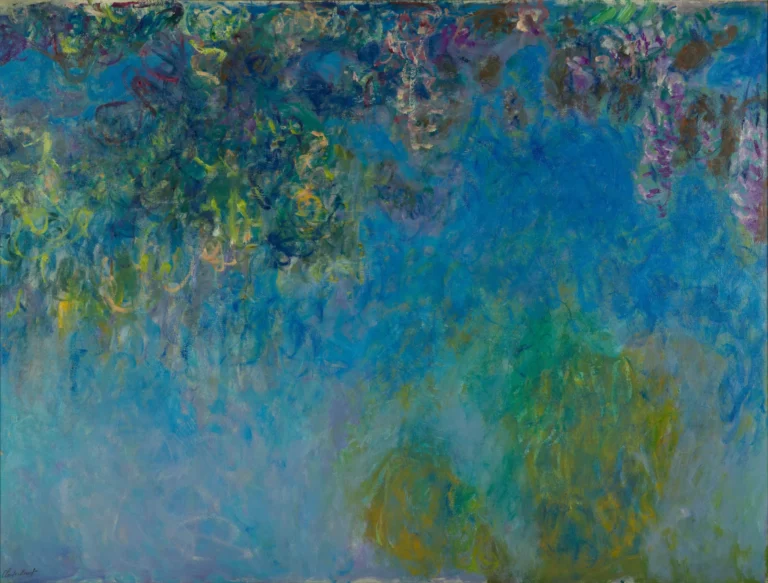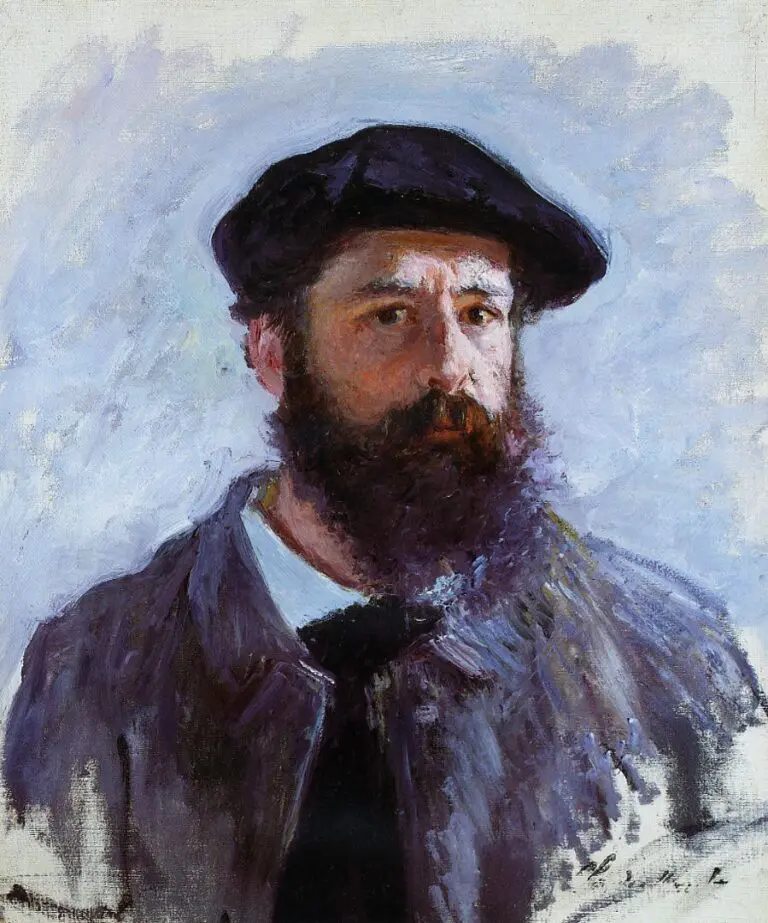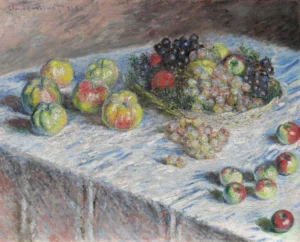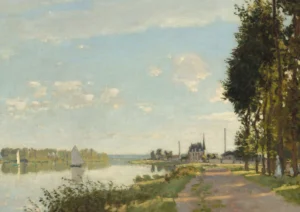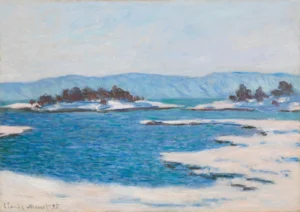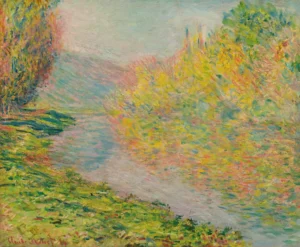Wisteria (1925)
Claude Monet's Wisteria. painted around 1925, exemplifies the late Impressionist style characterized by soft hues and fluid brushwork. This oil on canvas artwork transports viewers into Monet's magnificent garden at Giverny, where curling forms of wisteria twist and dance against a tranquil blue backdrop. Emphasizing emotion over detail, this piece embodies Monet's artistic evolution, where abstraction flourishes amidst the natural splendor he revered.
Circa 1925
About the Artwork
Wisteria is a profound testament to Claude Monet's deep connection with nature and his garden in Giverny, a recurrent inspiration throughout his career. Created during a time when the artist faced challenges with his eyesight, the painting showcases Monet’s evolution towards a more abstract approach to color and form. Surrounded by his beloved flora, he sought to capture not just the appearance but the emotion entailed in beautiful blooms. The wisteria, a flowering plant that graced his garden, became a symbol of serenity and beauty, reflecting Monet's enduring legacy as a pioneer of the Impressionist movement.
Did You Know
Liked what you see? Add it to your collection.
Enjoyed reading? Share it.
... continued
Artist and Period
The painting is the work of Claude Monet, one of the founders of the Impressionist movement. It was painted during his time at Giverny, a period when he was deeply influenced by his garden surroundings.
Description
Wisteria is an oil on canvas painting, characterized by its dominant blue background and the expressive, curling brushstrokes of wisteria flowers. The painting has an almost abstract quality, reflecting Monet's later style which emphasized capturing the essence and feeling of his subjects rather than precise detail.
Dimensions
The painting measures 153.6 cm by 203.5 cm (60.5 inches by 80.1 inches).
Location
The original painting is part of the collection at the Kunstmuseum Den Haag (Gemeentemuseum Den Haag) in The Hague, Netherlands.
Style and Influence
The painting showcases Monet's unique style, particularly his use of soft, ethereal colors and his focus on capturing the natural world. The wisteria depicted in the painting was from his garden at Giverny, which was a frequent subject of his work during this period.




